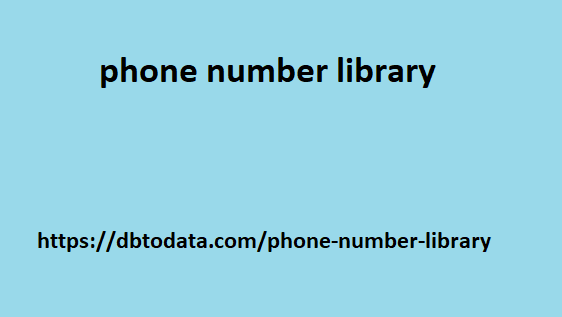The following is not a guide to creating a post that is guaranteed to be successful. The bad news is that viral marketing doesn’t exist. It’s not something you can plan. It just happens. Still, there are several criteria that many viral content have in common.
Viral posts with help from third partiesPhoto rights from Fotolia.
What viral content has in common
There are really no surprising factors if you analyze what differentiates a post that receives many retweets from others that don’t get the attention they perhaps deserve. As in other areas of life, it helps to apply common sense to identify the relevant criteria.
They have good timing to get the most coverage possible at the time of publication.
They contain magic words and expressions afghanistan phone number library that attract attention and increase the probability of being shared.
Bloggers talk about it and can give it the initial push needed to be further distributed on third-party sites.
Using third-party ideas to create viral posts
Writing and publishing a post that receives many retweets with our own resources is possible. However, the probability of this 5 ways to get a designer fired happening is not very high. It increases slightly with the frequency of your blog posts. Now you can probably get an idea of this because in my case I have decided to publish a asb directory post every day. Sometimes statistically it will pay off.
Consistency can help but it may not be enough. If our own ideas and resources are not enough, let’s use multiplier effects with the help of third parties. It is not as difficult as you might think. By following these steps you can carry out your test to create a viral post:
1. Think of a topic that affects many people, requires a quick solution and is easy to give an opinion on (e.g. youth unemployment, stress at work, finding a partner, etc.).
2. Post an initial post asking for participation. Even ask (exceptionally) for a retweet so that many people have the opportunity to give their opinion.
Mention all participants prominently in the post.
Whenever you use ideas from others, you must ask for permission and cite them.
4. Publish the post via Twitter 2-3 times on the day of publication, mentioning those who have participated. Some of them will help you spread the word.
5. Send the post by email or direct message to all those bloggers who may be interested in the content. It is important that you have created a relationship in the past so that they will talk about you.
There are no guarantees of success in creating a “viral” but it is worth trying. A blog is not about hitting the jackpot once and receiving an avalanche of traffic that disappears as quickly as it arrived. The important thing is to have the enthusiasm and desire to share something that can be useful to others. The rest will come by itself.

